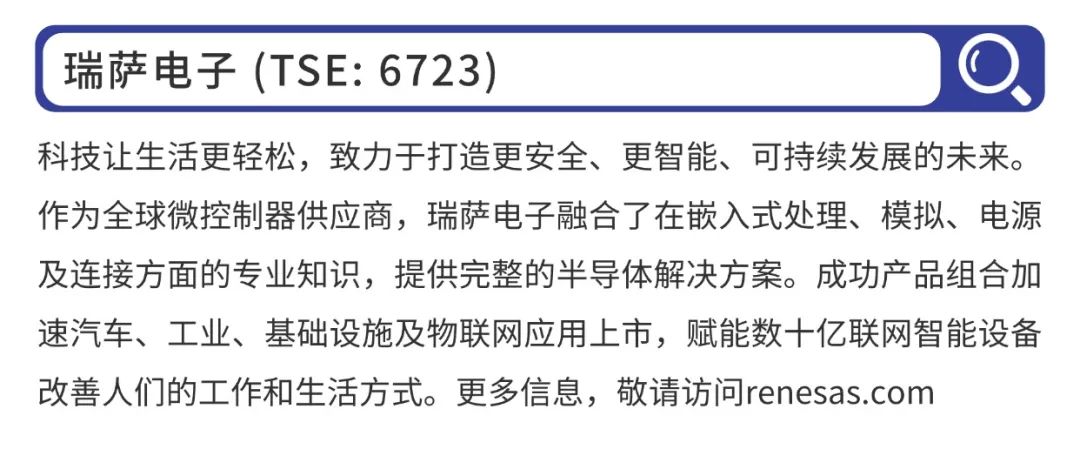
Chapter 2
Introduction to Renesas RA Series Chips
2.1
What is an ARM Microcontroller
Microcontroller
MCU
Commonly known as a microcontroller, this concept is familiar to those who have studied microcomputer principles. An ARM microcontroller, as the name suggests, is a microcontroller based on ARM architecture, or more specifically, a microcontroller that incorporates an ARM processor core.
The ARM processor is a low-power RISC microprocessor designed by ARM Holdings in the UK. ARM stands for Advanced RISC Machine, and RISC stands for “Reduced Instruction Set Computer”.
Due to the simplicity of the instructions supported by RISC processors, they consume less power and are cost-effective. Over decades of development, ARM processors have also achieved high performance. In fact, ARM does not manufacture its ARM processors or ARM microcontrollers; instead, it licenses its ARM processor cores to chip manufacturers (such as Renesas, NXP, ST, and other semiconductor companies) to produce actual ARM chips.
The Renesas RA series microcontrollers are based on the ARM Cortex-M processor core, thus also fall under the category of ARM microcontrollers.
2.2
Overview of Renesas RA Series MCUs
Development Status
The Renesas RA family of microcontrollers (MCUs) was launched in October 2019, enriching Renesas’s 32-bit MCU product line. In addition to the RA series, Renesas also offers the RX series (which uses Renesas’s own RX core) and the Renesas Synergy™ platform MCUs. The Renesas Advanced (RA) 32-bit MCUs utilize Arm®Cortex®-M33, -M23, and -M4 processor cores and are certified to PSA Certified® Level 1, making them industry-leading 32-bit MCUs.
Note:
PSA certification refers to the “Platform Security Architecture (PSA)” certification aimed at IoT security. The Platform Security Architecture (PSA) is a widely adopted framework introduced by ARM in 2017, designed to create secure connected devices. Many leading companies in the industry have announced their support for the foundational principles of this architecture, adding a trusted level of security to IoT devices and solutions.
All MCUs in the RA series are functionally and pin-compatible with most of the pins. The peripherals on smaller devices are generally a subset of those on larger devices. This facilitates scalability and code reuse between different devices. For similar packages across different series, the pin arrangements are nearly identical. This means that developers do not need to select the final device at the outset, as they can switch to other devices later. Additionally, creating multiple sizes of packages within the device package during PCB layout provides flexible options for the final product’s manufacturing.
The Renesas RA family of products includes:
• RA0 series, entry-level products;
• RA2 series, suitable for low-power applications;
• RA4 series, suitable for devices requiring low power, high performance, and high security;
• RA6 series, featuring excellent connectivity and security performance;
• RA8 series, providing outstanding performance for applications involving human-machine interfaces, connectivity, security, and analog functions.
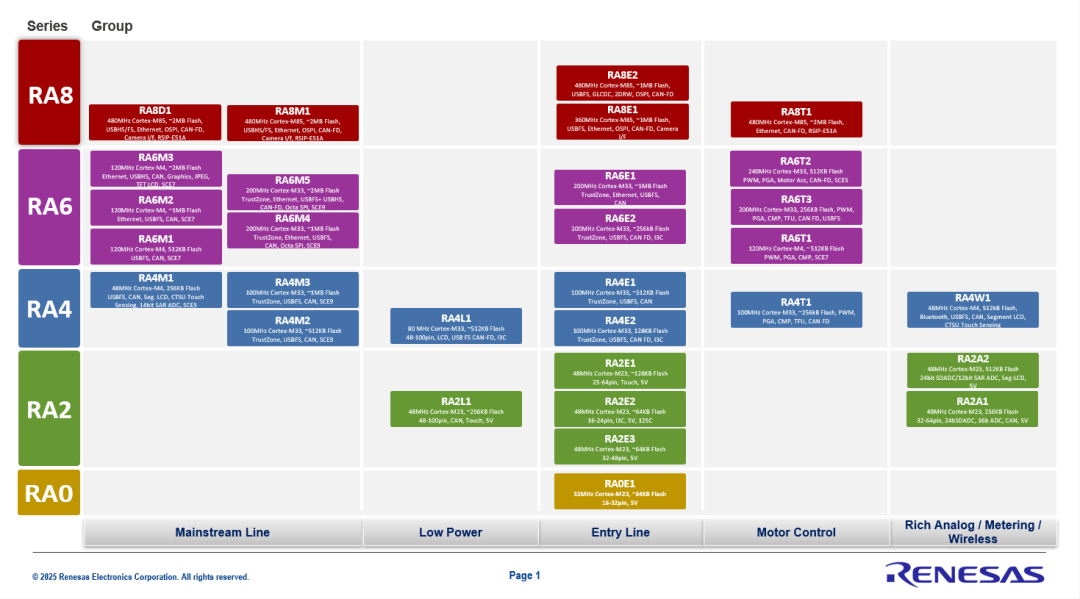
Click to view the full image
Specific features are as follows:
RA0 Series – Entry Level:
Based on the Arm Cortex-M23 core, with a wide power supply voltage range of 1.6V-5.5V, ultra-low power consumption, and ultra-low BOM cost.
RA2 Series – Low Power:
Based on the Arm Cortex-M23 core, with a maximum frequency of 48MHz, up to 512KB of flash memory, and 64KB of SRAM. The power supply voltage range is from 1.6V to 5.5V. Peripherals include full-speed USB, CAN, 24-bit Σ-Δ ADC, 16-bit DAC, capacitive touch sensing, and security features.
RA4 Series – High Performance and Excellent Power Consumption:
Built on the Arm Cortex-M33F core with TrustZone support or the Arm Cortex-M4F core, with a maximum frequency of 100MHz. Up to 1MB of flash memory and 128KB of SRAM. Voltage range from 1.6V to 5.5V. Peripherals include capacitive touch sensing, segment LCD controller, full-speed USB, CAN, security features, as well as data converters and timers. The RA4W1 series devices also come with Bluetooth® Low Energy (BLE) 5.0.
RA6 Series – High Performance:
Based on the Arm Cortex-M33F core with TrustZone support or the Arm Cortex-M4F core. Maximum frequency of 200MHz. Up to 2MB of flash memory and 640KB of SRAM. Voltage range from 2.7V to 3.6V. Peripherals include data converters, timers, external memory bus, Ethernet, full-speed and high-speed USB, CAN, security features, capacitive touch sensing, and a graphics LCD controller for TFT displays, along with a 2D graphics engine. The RA6T1 series devices come with enhanced peripherals for motor control, such as high-resolution PWM timers or advanced analog modules.
RA8 Series – Higher Performance, Human-Machine Interface, IoT, and Edge Computing
2.2.1 What Can Renesas RA Series MCUs Do
The Renesas RA series general-purpose MCUs include a rich set of features to meet various application needs across different fields. The most common application scenarios include low-power applications, motor control applications, wireless IoT applications, and more. We have selected two successful application cases from the Renesas website to illustrate the specific applications of the Renesas RA series MCUs.
Example 1: Motor Control and Robotics – High-Power BLDC Motor Drive
Application Project Overview:
This project belongs to the field of motor control and robotics, used for the BLDC motor drive of warehouse robots.
The RA6T2 MCU and RAA227063 three-phase intelligent gate driver provide a perfect combination for processing speed and power efficiency, helping to address the challenges of traction motors that have high power demands and are constrained by very small form factors. This solution uses two inductive position sensors, allowing customers to replace large and expensive optical encoders.
The system block diagram for the “High-Power BLDC Motor Drive” application project is shown below.
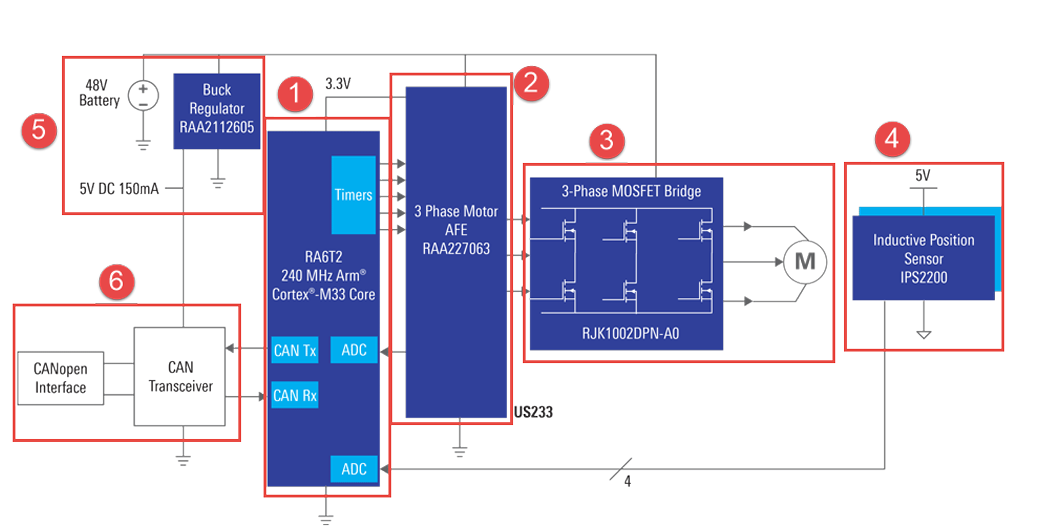
Click to view the full image
The system in the diagram consists of the following components:
1
The main control chip is the RA series RA6T2 MCU. The letter “T” in “RA6T2” indicates that this model is enhanced for motor control, featuring rich motor control functions.
2
The MOS bridge driver chip is the Renesas RAA227063 three-phase intelligent gate driver. The RAA227063 includes power management features, allowing it to be powered directly from a battery to supply power to the driver and MCU, thereby reducing the overall circuit. Its programmability allows customers to optimize the power stage of the inverter and handle different power levels by simply changing the MOSFETs and adjusting the switching rate, dead time, and gate drive through software.
3
The three-phase MOS bridge provides the circuit mechanism for commutation to drive the three-phase brushless motor.
4
The sensor used is the IPS2200 inductive position sensor. It can provide absolute position information and utilizes four bits in the RA6T2 MCU’s 12-bit ADC to provide incremental position sensing with a resolution of up to 17 bits.
5
The power regulation circuit supplies power to the various chips in the diagram.
6
The industrial-grade CAN bus interface connects to the CAN transceiver for reliable communication over longer distances.
The advantages of this system include:
• Compact: Both the RA6T2 MCU and the RAA227063 three-phase driver are packaged in a 7mm x 7mm 48-pin QFN package;
• Analog integration: Includes power management and power drivers, supporting the MCU directly with battery power;
• Programmability allows for optimal tuning of the inverter: motor sensing modes, dead time, switching rates, and gate drive voltages;
• Accelerator: Provides optimized current vector control, filtering operations, and reduces the load on the main CPU core (Cortex®-M33) to support additional functions;
• Two IPS2200 inductive position sensors can provide absolute and incremental rotor position;
• The system is designed to minimize overall BOM costs, reduce size, and replace large and expensive optical encoders that occupy significant space in motors.
Example 2: Smart Home – Voice Recognition and Intelligent Control
Application Project Overview:
Voice recognition is becoming an important feature of today’s new digital lifestyle. We can use voice to control the lighting, air conditioning, curtains, and other appliances in a room. For hygiene reasons, simply speaking to the voice recognition controller can avoid contact with surfaces in hotels or offices, achieving non-contact control. Renesas Electronics has successfully built a combination by executing real-time control (third-party voice recognition engine) with offline voice recognition algorithms. The advanced voice command recognition engine supports two languages and voice responses. There are 34 global languages available for easy integration into existing control systems.
The system block diagram for the “Voice Recognition and Intelligent Control” application project is shown below.
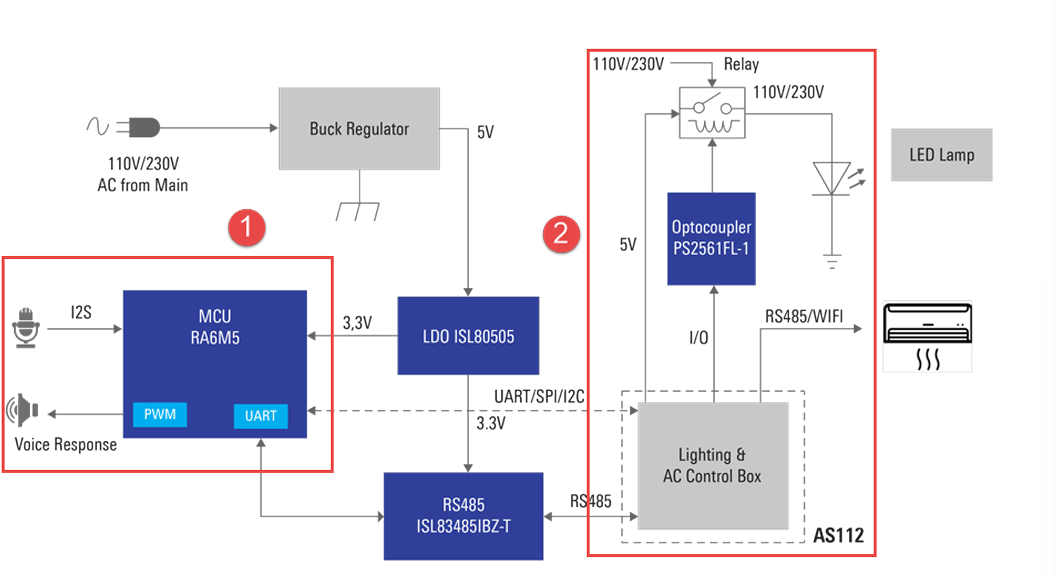
Click to view the full image
The two main parts in the diagram are as follows:
1
The main control part. The chip used is the RA series RA6M5 MCU. Its main function is to accept and process user voice data, and then perform corresponding user operations and voice feedback based on the voice recognition results.
2
The actuator part. The main control chip sends commands to the actuators via RS485, which then perform actual control, such as controlling the lighting switch via relays or controlling appliances via WiFi.
The advantages of this system include:
• Renesas Electronics’ voice recognition solution allows for easy integration with existing hotel air conditioning, lighting control systems, and household appliances.
• Voice commands can be customized through the advanced voice command recognition engine and algorithms.
• Supports dual languages and trigger commands.
• Low cost.
1
END
1
To Be Continued
Recommended Reading
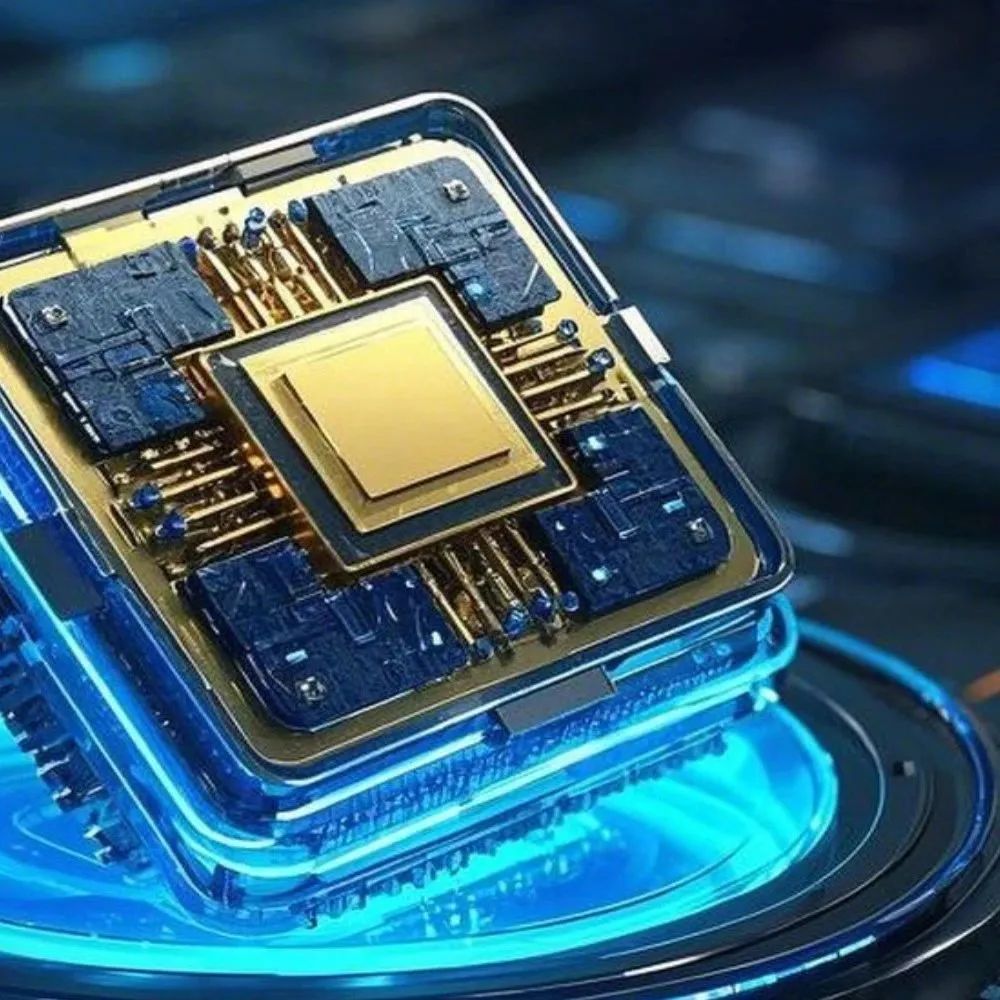
Introduction to e²studio and Keil and How to Install the e²studio Development Environment – Renesas RA Series FSP Library Development Practical Guide Series (01)
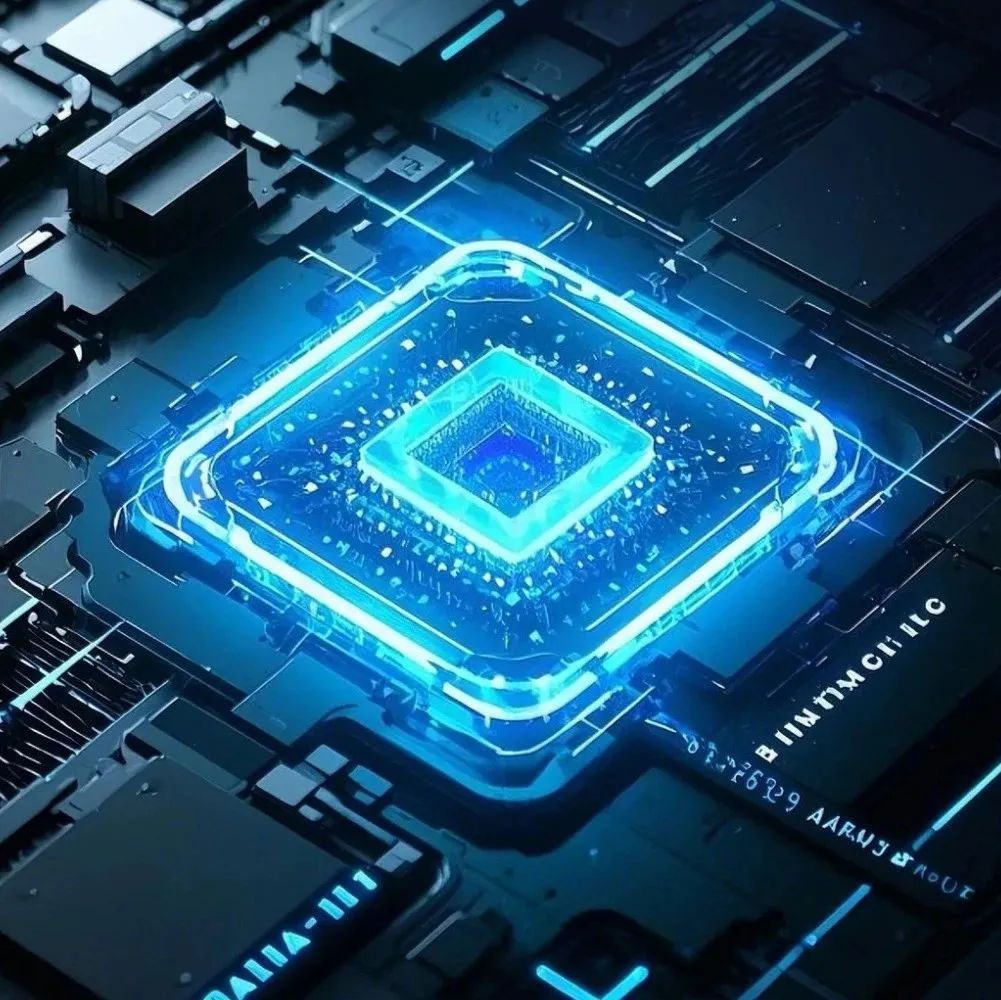
RA4M2 Development – Printing via Serial Port
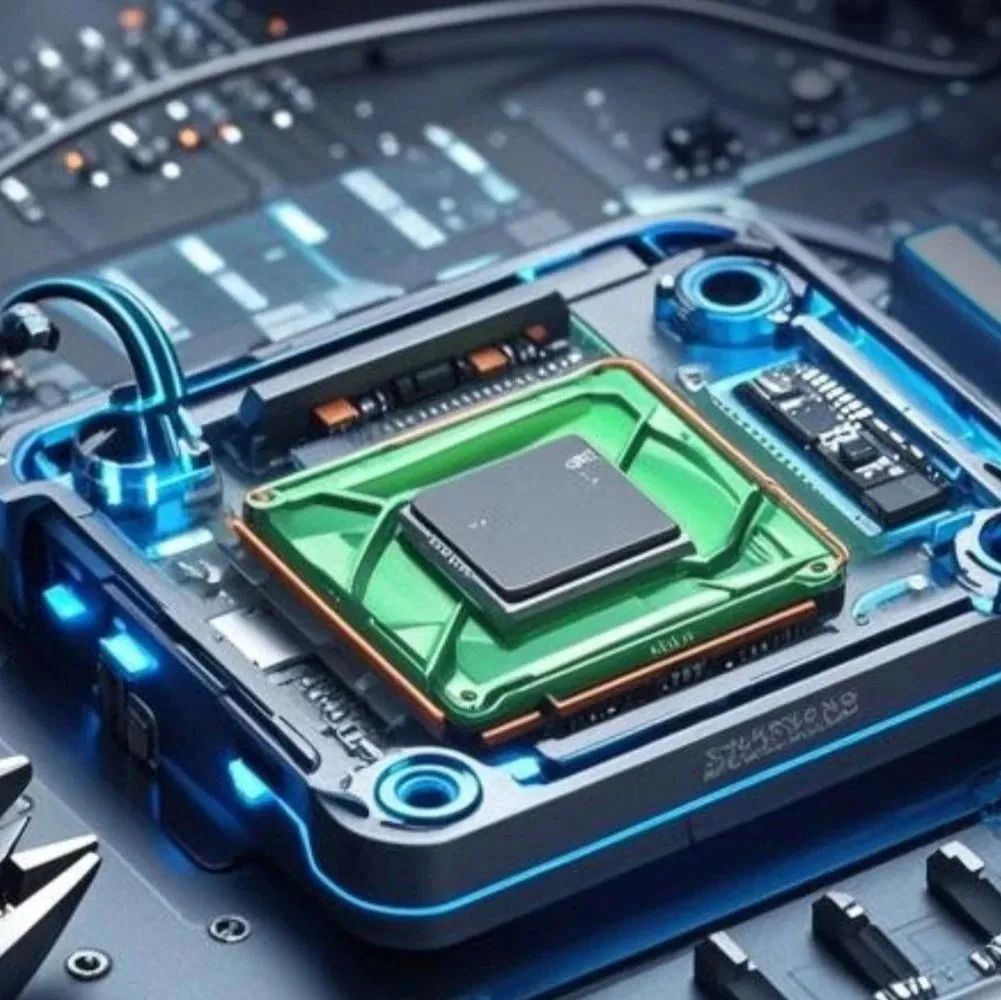
How to Install the Keil Development Environment and Update the FSP Library Version of the Development Environment – Renesas RA Series FSP Library Development Practical Guide Series (02)
